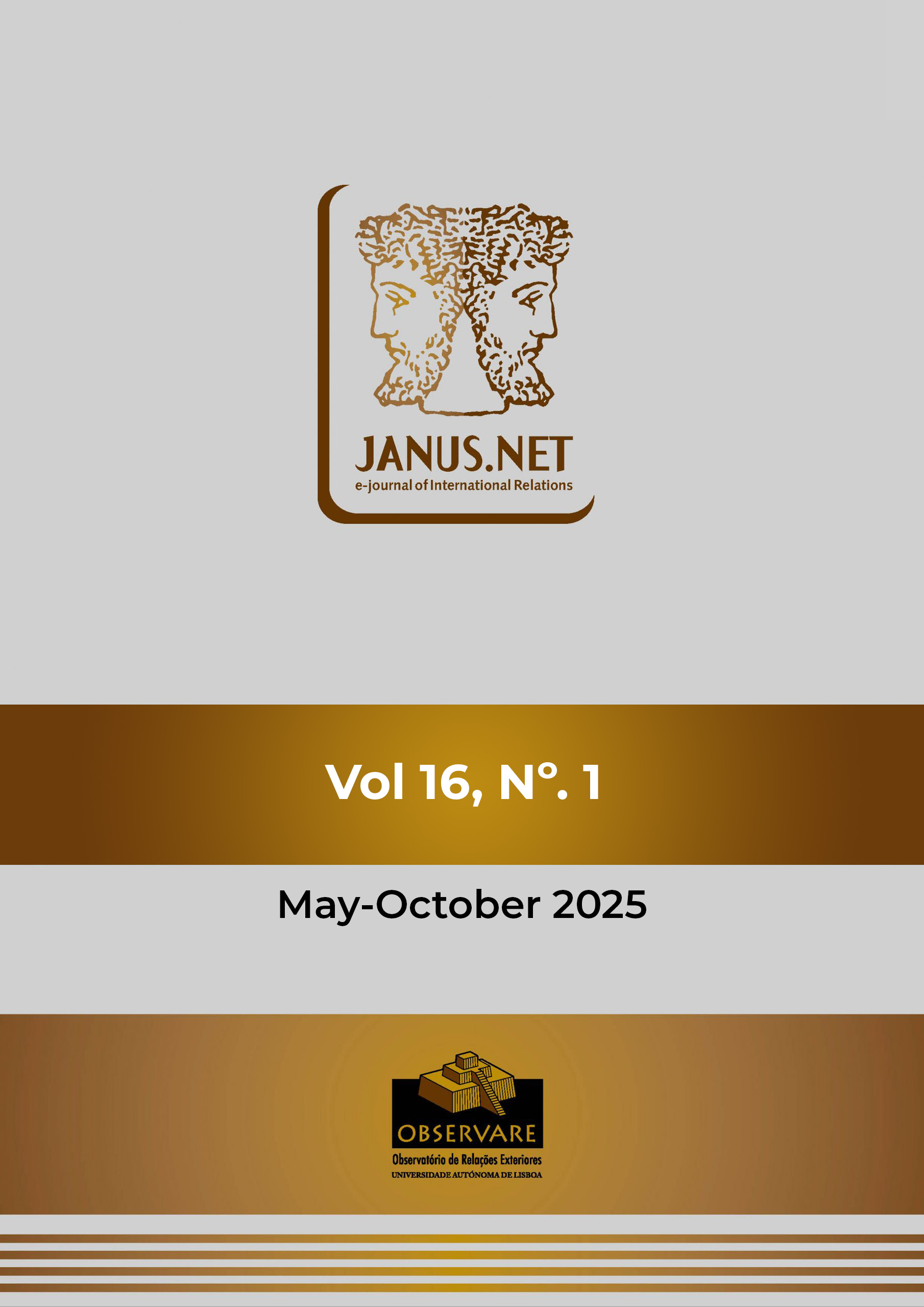European expansion throughout the world brought with it the spread of its model of the sovereign state, born in the Peace of Westphalia (1648), through which the international community relates to each other. In Asia, however, this model has shown less capacity for adaptation since it was applied to a continent that had its own system of relations, the so-called “tributary system.” This, combined with the lack of legitimacy of some borders drawn by imperialism and the rise of the great Asian powers, has turned enormous territories, sometimes recognized as sovereign (for example, the two Koreas or Sri Lanka), into mere frontiers or transition areas between neighboring great powers. This article explains the causes of this situation and the particular circumstances of those territories that have become “Asia’s frontiers”.
THE BORDERS OF ASIA: THE LIMITATIONS OF THE WESTPHALIAN MODEL
https://doi.org/10.26619/1647-7251.16.1.10
RAÚL RAMÍREZ RUIZ
Abstract
Keywords
China, Japan, India, Asia, Westphalian System, Tributary System, Asian Frontiers, International Relations
Artigo publicado em 2025-05-20

